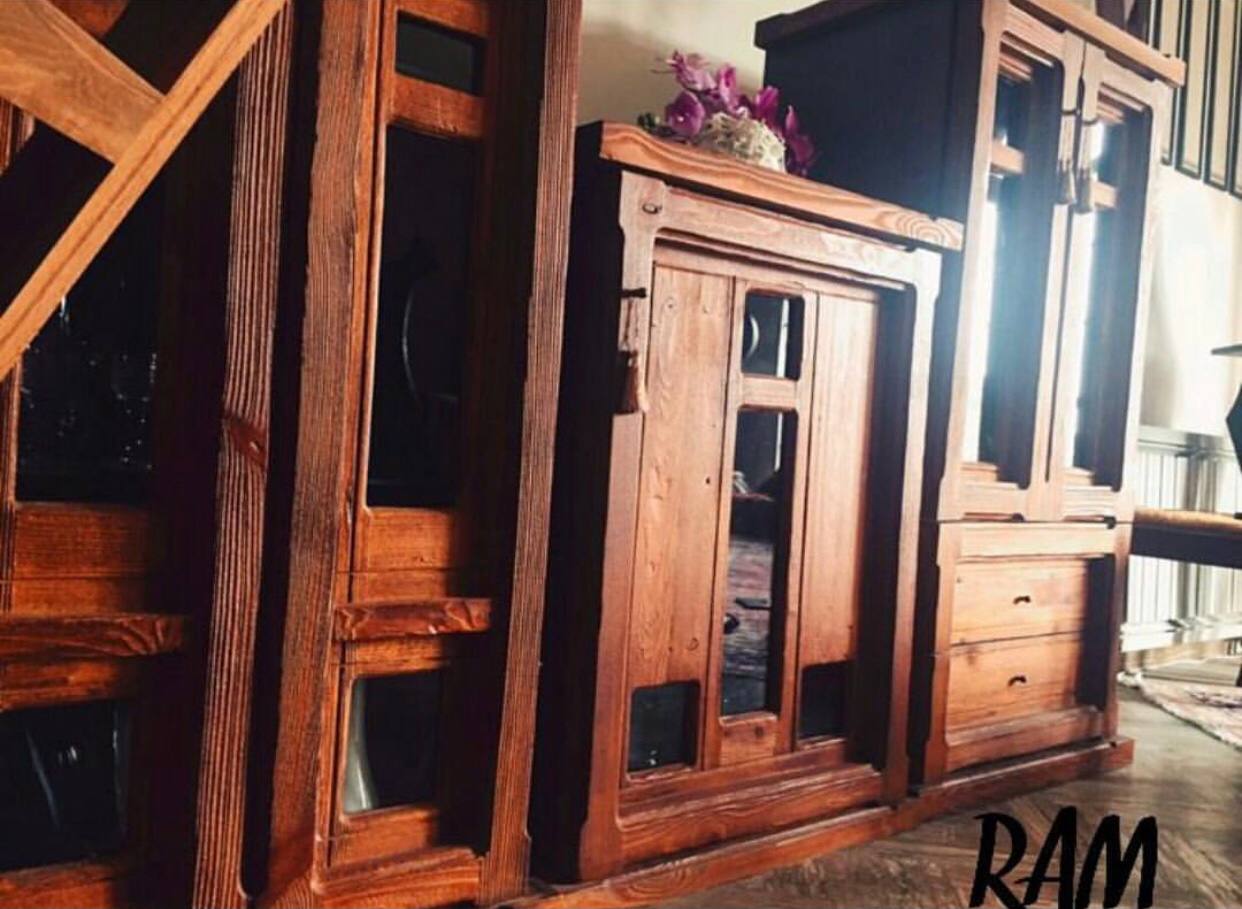Transforming Spaces with Style
In today’s world, where the aesthetics and functionality of living spaces hold paramount importance, interior architecture and decoration have become crucial elements in creating environments that are both beautiful and practical. This comprehensive guide explores the intricacies of interior architecture and decoration, providing insights into how these two disciplines intertwine to transform any space into a haven of comfort and style.
Understanding Interior Architecture
Interior architecture involves the design and organization of interior spaces. It merges the art of architecture with interior design, focusing on the structural aspects of interiors. Unlike interior decoration, which primarily deals with aesthetics, interior architecture addresses the functionality and spatial planning of the area.
Key Elements of Interior Architecture:
- Space Planning: Efficiently utilizing space to ensure functionality and flow.
- Structural Integrity: Ensuring that the design supports the building’s structure and complies with safety regulations.
- Lighting Design: Incorporating natural and artificial lighting to enhance the ambiance.
- Material Selection: Choosing materials that are both durable and aesthetically pleasing.
- Sustainability: Incorporating eco-friendly materials and designs to create sustainable spaces.
The Art of Interior Decoration
Interior decoration is the art of enhancing the appearance of an interior space. It involves selecting color schemes, furnishings, and accessories to create a cohesive and appealing look. While interior architecture focuses on the structural aspects, interior decoration emphasizes the aesthetic elements.
Key Elements of Interior Decoration:
- Color Scheme: Choosing colors that complement the space and create the desired mood.
- Furniture Selection: Picking pieces that fit the style and function of the room.
- Accessories and Art: Adding decorative items that reflect personal taste and enhance the overall design.
- Textiles and Fabrics: Using curtains, rugs, and upholstery to add texture and warmth.
- Finishing Touches: Incorporating final details like lighting fixtures, plants, and decorative accents to complete the look.
The Synergy Between Interior Architecture and Decoration
The seamless blend of interior architecture and decoration is what truly transforms a space. Here’s how these two disciplines work together:
- Unified Vision: When interior architects and decorators collaborate, they can create a space that is both structurally sound and visually stunning. The architect ensures that the space is functional and well-planned, while the decorator adds the finishing touches that make it feel like home.
- Enhanced Functionality: Interior architecture ensures that the space is practical, while decoration makes it comfortable and inviting. Together, they create a harmonious environment that meets both functional and aesthetic needs.
- Personalization: While interior architecture provides the framework, decoration allows for personal expression. This synergy ensures that the space reflects the personality and lifestyle of its occupants.
Trends in Interior Architecture and Decoration
Staying updated with the latest trends can provide inspiration for your next project. Here are some current trends in interior architecture and decoration:
- Minimalism: Emphasizing simplicity and functionality with clean lines and neutral color palettes.
- Biophilic Design: Incorporating natural elements like plants and natural light to create a connection with nature.
- Sustainable Design: Using eco-friendly materials and practices to create environmentally responsible spaces.
- Smart Homes: Integrating technology to enhance convenience and efficiency in the home.
- Eclectic Style: Mixing different styles and eras to create a unique and personalized look.
Tips for Combining Interior Architecture and Decoration
To successfully combine interior architecture and decoration, consider the following tips:
- Plan Ahead: Start with a clear vision and plan that incorporates both structural and decorative elements.
- Collaborate: Work with professionals who specialize in both fields to ensure a cohesive design.
- Balance: Strive for a balance between functionality and aesthetics to create a space that is both practical and beautiful.
- Personal Touches: Don’t forget to add personal touches that make the space uniquely yours.
- Stay Informed: Keep up with trends and innovations in both interior architecture and decoration to keep your space current and stylish.
Conclusion
Interior architecture and decoration are essential in creating spaces that are not only functional but also aesthetically pleasing. By understanding the key elements of each discipline and how they work together, you can transform any space into a beautiful, comfortable, and practical environment. Whether you’re designing a new home or redecorating an existing space, the principles of interior architecture and decoration will guide you in creating a space that reflects your personal style and meets your needs.




